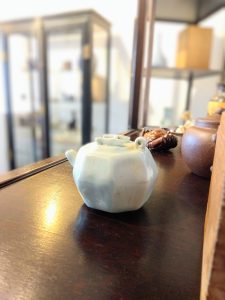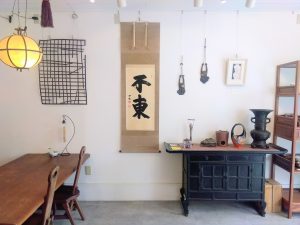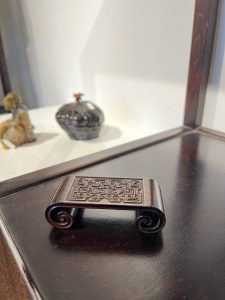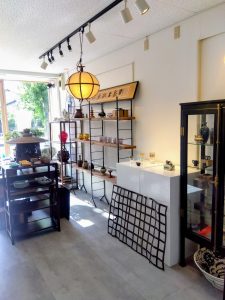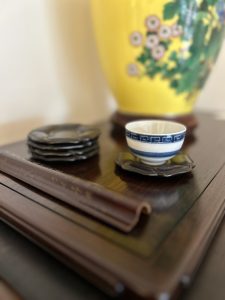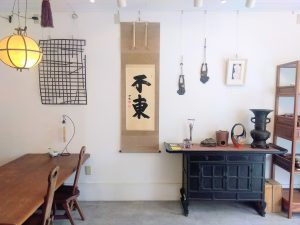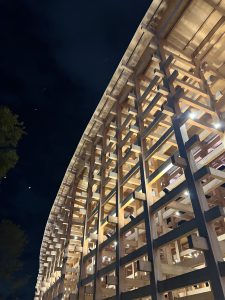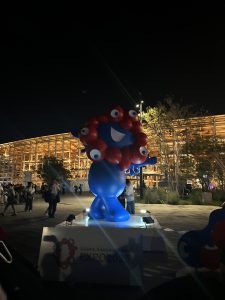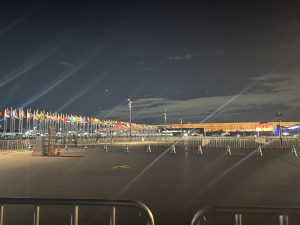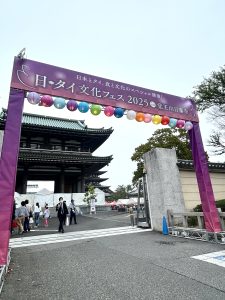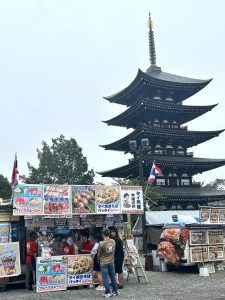相続と骨董買取のお話・その2 時価評価額(愛知県名古屋市千種区姫池通 骨董買取 古美術風光舎)
2025.10.19
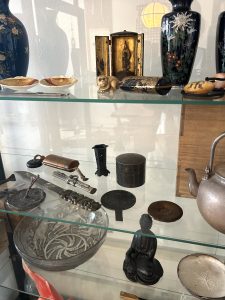
前回に引き続き「相続と骨董買取のお話」です。
前回、高額な骨董品は相続財産に該当し相続税の課税対象となる可能性があるというお話をしました。(1点5万円以下の美術品ならば家財一式としてまとめて申告できます。)それでは相続の際の骨董品の価値はどのように算出されるのでしょうか。
相続における美術品の評価額は国税庁の財産評価基本通達により「時価」で評価されると定められています。
「時価」と聞くと、ちょっとお高めのお鮨屋さんのメニューを思い浮かべてしまうのは私だけでしょうか。あまりご縁はありませんが…。季節や天候などによる漁獲量の変化などによりその日の魚の価格が変動するためです。不漁であれば希少価値が高まるため価格が上昇します。
相続における骨董品、美術品においての時価とは相続が発生した時点で売買される価格を指し、購入時の価格はあまり参考にならないとされています。相続した時点での作品の需要と供給のバランスが重要で、その希少性、保存状態、年代、図柄、サイズ、色合い、素材などを元に価格を算出します。同じ作家の作品でも製作された時代によって評価額は変わっていきます。
「時価」の評価方法には売買実例価格と精通者意見価格の二通りの評価方法があります。
・売買実例価格とはオークションの落札価格や美術商の販売価格などを参考に、直近のデータを元に算出されます。ただ流通量が多い作品などは客観的な鑑定が可能ですが、流通量の少ないものや1点ものなどは正確な鑑定額を算出するのは難しくなります。
・精通者意見価格とは美術品の専門家による鑑定を元に出された時価です。お寿司のネタではありませんが、希少性や人気度により美術品の評価も日々変化します。同じ作家の作品が一斉に売却されると価格が急に下落することもあり、美術名鑑を眺めているだけでは当時提示された高額のまま課税されてしまう可能性もあります。その辺りの判断は一般の人には難しく、適正な時価評価額を知るためには経験豊富な専門家による鑑定が不可欠となります。また複数の専門家による査定を受け比較してみることもお勧めします。
それでは、次回の相続と骨董買取のお話もお楽しみに。(スタッフH)
Continuing from last time, this is “A Discussion on Inheritance and Antique Purchases.”
Last time, we discussed how high-value antiques may be considered part of the inheritance estate and potentially subject to inheritance tax. (Artworks valued at ¥50,000 or less per piece can be declared collectively as household goods.) So, how is the value of antiques determined during inheritance?
The valuation of artworks in inheritance is governed by the National Tax Agency’s Basic Guidelines for Property Valuation, which stipulates they are assessed at “market value.”
When I hear “market value,” am I the only one who thinks of the menu at a slightly pricier sushi restaurant? Not that I frequent them much… This is because the price of fish fluctuates daily based on factors like seasonal changes and weather affecting catch volumes. Poor catches increase scarcity value, driving prices up.
For antiques and artworks in inheritance, market value refers to the price at which they would be bought or sold at the time of inheritance. The purchase price is generally considered less relevant. The key factor is the supply and demand balance for the piece at the time of inheritance. The price is calculated based on its rarity, condition, age, design, size, color, materials, and more. Even for works by the same artist, the valuation can vary depending on the era in which it was created.
There are two methods for evaluating “market value”: transaction price and expert opinion price.
・Transaction price is calculated using recent, actual data, such as auction hammer prices or art dealer sales prices. However, while objective appraisal is possible for widely circulated works, accurately determining the appraisal value becomes difficult for items with low circulation or one-of-a-kind pieces.
・Expert opinion price is the market value determined based on appraisal by art specialists. While not referring to sushi ingredients, the valuation of artworks also fluctuates daily based on rarity and popularity. When multiple works by the same artist are sold simultaneously, prices can suddenly drop. Relying solely on outdated art catalogs may result in taxation based on the high prices quoted at the time of sale. Determining the appropriate market value is difficult for the average person, making appraisal by an experienced specialist essential. We also recommend obtaining appraisals from multiple experts for comparison.
Stay tuned for our next discussion on inheritance and antique buying. (Staff H)
*******************
ご実家の整理やお片付けなどをされている方のご相談などが多くございます。
お片付けなどくれぐれもご無理のないようになさってくださいませ。
風光舎では古美術品や骨董品の他にも絵画や宝石、趣味のお品など様々なジャンルのものを買受しております。
お片付けをされていて、こういうものでもいいのかしらと迷われているものでも、どうぞお気軽にご相談下さいませ。
また風光舎は、出張買取も強化しております。ご近所はもちろん、愛知県内、岐阜県、三重県その他の県へも出張いたします。
なお、毎月21日の持込鑑定会では無料鑑定・買取・ご相談など、ご予約なしで承っております。
ご近所の皆さま、ご遠方のみなさまも、お気軽にお越しくださいませ。
まずは、お電話お待ちしております。
愛知県名古屋市千種区姫池通
骨董 買取【古美術 風光舎 名古屋店】
TEL052(734)8444
10:00-18:00 OPEN
#出張買取#骨董#古美術#骨董品#絵画#版画#茶道具#刀剣#彫刻


